A Novel Generative Adversarial Network Model Based on GC-MS Analysis for the Classification of Taif Rose
Abstract
:1. Introduction
- Development of a novel GC-MS fingerprint based on the need to expand the genetic resources of oil-bearing roses for industrial cultivation in the Taif region (Saudi Arabia).
- Providing agricultural researchers with a means of overcoming the problem of the shortage of observations caused by limited access to biosampling techniques, prohibitive costs, or ethical concerns. A more accurate data analysis may be possible by integrating samples generated in silico with real observations.
- Evaluating cSGANs as a method for generating a variety of realistic classes by analyzing the GC–MS fingerprints of rose oils derived from populations of cultivated R. damascena capable of producing oils.
- Analysis of the dataset provided for the development of a cluster model that quantifies the diversity that needs to be incorporated into the proposed model.
2. Related Work
3. Materials and Methods
3.1. Study Area
3.2. Sampling
3.3. GC-MS Analysis
4. The Proposed Model
4.1. Description of the Model
4.2. Objective Function
4.3. Network Design (Architecture)
4.3.1. The Generator
4.3.2. The Discriminator
4.4. Validation
5. Results
6. Discussion
7. Conclusions
Author Contributions
Funding
Acknowledgments
Conflicts of Interest
References
- USDA, NRCS. “Rosa × damascena”. The PLANTS Database. National Plant Data Team, Greensboro, NC 27401-4901 USA. Available online: http://plants.usda.gov (accessed on 22 January 2023).
- Rusanov, K.E.; Kovacheva, N.M.; Atanassov, I.I. Comparative GC/MS Analysis of Rose Flower and Distilled Oil Volatiles of The Oil Bearing Rose. Rosa Damascena. Biotechnol. Biotechnol. Equip. 2011, 25, 2210–2216. [Google Scholar] [CrossRef] [Green Version]
- Rusanov, K.; Kovacheva, N.; Stefanova, K.; Atanassov, A.; Atanassov, I. Rosa damascena—Genetic resources and capacity building for molecular breeding. Biotechnol. Biotechnol. Equip. 2009, 23, 1436–1439. [Google Scholar] [CrossRef] [Green Version]
- Rusanov, K.; Kovacheva, N.; Vosman, B.; Zhang, L.; Rajapakse, S.; Atanassov, A. Microsatellite analysis of Rosa damascena Mill. accessions reveals genetic similarity between genotypes used for rose oil production and old Damask rose varieties. Theor. Appl. Genet. 2005, 111, 804–809. [Google Scholar] [CrossRef] [PubMed]
- Rusanov, K.; Kovacheva, N.; Rusanova, M.; Atanassov, I. Flower phenotype variation, essential oil variation and genetic diversity among Rosa alba L. accessions used for rose oil production in Bulgaria. Sci. Hortic. 2013, 161, 76–80. [Google Scholar] [CrossRef]
- ISO 9842:2003; International Standards for Business, Government and Society. Available online: www.iso.org (accessed on 15 November 2022).
- Krishnan, B. Classification Of Chemicals Present In Essential Oils Using Deep Learning Algorithm. Nveo-Nat. Volatiles Essent. Oils J. NVEO 2021, 8, 3607–3617. [Google Scholar]
- Kim, H.U.; Sohn, S.B.; Lee, S.Y. Metabolic network modeling and simulation for drug targeting and discovery. Biotechnol. J. 2012, 7, 330–342. [Google Scholar] [CrossRef] [PubMed]
- Zhang, X.; Acencio, M.L.; Lemke, N. Predicting essential genes and proteins based on machine learning and network topological features: A comprehensive review. Front. Physiol. 2016, 7, 1–11. [Google Scholar]
- Saa, P.A.; Nielsen, L.K. Construction of feasible and accurate kinetic models of metabolism: A Bayesian approach. Sci. Rep. 2016, 6, 29635. [Google Scholar] [CrossRef] [Green Version]
- Zampieri, G.; Vijayakumar, S.; Yaneske, E.; Angione, C. Machine and deep learning meet genome-scale metabolic modeling. PLOS Comput. Biol. 2019, 15, e1007084. [Google Scholar] [CrossRef] [PubMed]
- Pisner, D.A.; Schnyer, D.M. Support vector machine. In Machine Learning; Academic Press: Cambridge, MA, USA, 2020; pp. 101–121. [Google Scholar]
- Vijayakumar, S.; Conway, M.; Lió, P.; Angione, C. Seeing the wood for the trees: A forest of methods for optimization and omic-network integration in metabolic modelling. Brief. Bioinform. 2017, 19, 1218–1235. [Google Scholar] [CrossRef] [PubMed] [Green Version]
- Alakwaa, F.M.; Chaudhary, K.; Garmire, L.X. Deep Learning Accurately Predicts Estrogen Receptor Status in Breast Cancer Metabolomics Data. J. Proteom. Res. 2018, 17, 337–347. [Google Scholar] [CrossRef] [PubMed]
- Pomyen, Y.; Wanichthanarak, K.; Poungsombat, P.; Fahrmann, J.; Grapov, D.; Khoomrung, S. Deep metabolome: Applications of deep learning in metabolomics. Comput. Struct. Biotechnol. J. 2020, 18, 2818–2825. [Google Scholar] [CrossRef] [PubMed]
- Lawson, C.E.; Martí, J.M.; Radivojevic, T.; Jonnalagadda, S.V.R.; Gentz, R.; Hillson, N.J.; Peisert, S.; Kim, J.; Simmons, B.A.; Petzold, C.J.; et al. Machine learning for metabolic engineering: A review. Metab. Eng. 2020, 63, 34–60. [Google Scholar] [CrossRef]
- Goodfellow, I.J.; Pouget-Abadie, J.; Mirza, M.; Bing, X.; Warde-Farley, D.; Ozair, S.; Courville, A.; Bengio, Y. Generative adversarial nets. In Proceedings of the International Conference on Neural Information Processing Systems, Kuching, Malaysia, 3–6 November 2014. [Google Scholar]
- Lin, Y.; Dai, X.; Li, L.; Wang, X.; Wang, F. The new Frontier of AI research: Generative adversarial networks. Acta Autom. Sin. 2018, 44, 775–792. [Google Scholar] [CrossRef]
- Hiasa, Y.; Otake, Y.; Takao, M.; Matsuoka, T.; Sato, Y. Cross-modality image synthesis from unpaired data using CycleGAN: Effects of gradient consistency loss and training data size. In Simulation and Synthesis in Medical Imaging: Third International Workshop, SASHIMI 2018, Held in Conjunction with MICCAI 2018; Goksel, O., Oguz, I., Gooya, A., Burgos, N., Eds.; Springer: Granada, Spain, 2018. [Google Scholar]
- Zhu, J.-Y.; Park, T.; Isola, P.; Efros, A.A. Unpaired image-to-image translation using cycle-consistent adversarial networks. In Proceedings of the IEEE International Conference on Computer Vision, Venice, Italy, 22–29 October 2017; pp. 2223–2232. [Google Scholar]
- Odena, A.; Olah, C.; Shlens, J. Conditional Image Synthesis with Auxiliary Classifier GANs. In Proceedings of the ICML 2017, Sydney, NSW, Australia, 6–11 August 2017; pp. 2642–2651. [Google Scholar]
- Mirza, M.; Osindero, S. Conditional generative adversarial nets. arXiv 2014, arXiv:1411.1784. [Google Scholar]
- Schlegl, T.; Seeböck, P.; Waldstein, S.M.; Schmidt-Erfurth, U.; Langs, G. Unsupervised Anomaly Detection with Generative Adversarial Networks to Guide Marker Discovery. In International Conference on Information Processing in Medical Imaging; Springer: Cham, Switzerland, 2017; pp. 146–157. [Google Scholar]
- Zenati, H.; Foo, C.S.; Lecouat, B.; Manek, G.; Chandrasekhar, V.R. Efficient gan-based anomaly detection. In The Workshop on International Conference on Learning Representations. arXiv 2018, arXiv:1802.06222. [Google Scholar]
- Donahue, J.; Krähenbühl, P.; Darrell, T. Adversarial feature learning. In International Conference on Learning Representations. arXiv 2017, arXiv:1605.09782. [Google Scholar]
- Akçay, S.; Atapour-Abarghouei, A.; Breckon, T.P. GANomaly: Semi-supervised Anomaly Detection via Adversarial Training. In Computer Vision—ACCV 2018; Springer: Cham, The Netherlands, 2018; pp. 622–637. [Google Scholar]
- Deecke, L.; Vandermeulen, R.; Ruff, L.; Mandt, S.; Kloft, M. Image anomaly detection with generative adversarial networks. In Joint European Conference on Machine Learning and Knowledge Discovery in Databases; Springer: Cham, Switzerland, 2019; pp. 3–17. [Google Scholar]
- Soleimani, H.; Miller, D.J. ATD: Anomalous Topic Discovery in High Dimensional Discrete Data. IEEE Trans. Knowl. Data Eng. 2016, 28, 2267–2280. [Google Scholar] [CrossRef]
- Aggarwal, C.C. An introduction to outlier analysis. In Outlier Analysis 2017; Springer: Cham, Switzerland, 2017; pp. 1–34. [Google Scholar]
- Yang, X.; Latecki, L.J.; Pokrajac, D. Outlier Detection with Globally Optimal Exemplar-Based GMM. In Proceedings of the 2009 SIAM International Conference on Data Mining, Sparks, NA, USA, 30 April–2 May 2009. [Google Scholar]
- Zong, B.; Song, Q.; Min, M.R.; Cheng, W.; Lumezanu, C.; Cho, D.; Chen, H. Deep autoencoding gaussian mixture model for unsupervised anomaly detection. In Proceedings of the 6th International Conference on Learning Representations, Vancouver, BC, Canada, 30 April–3 May 2018. [Google Scholar]
- Drees, L.; Junker-Frohn, L.V.; Kierdorf, J.; Roscher, R. Temporal prediction and evaluation of Brassica growth in the field using conditional generative adversarial networks. Comput. Electron. Agric. 2021, 190, 106415. [Google Scholar] [CrossRef]
- Isola, P.; Zhu, J.Y.; Zhou, T.; Efros, A.A. Image-to-Image Translation with Conditional Adversarial Networks. In Proceedings of the 2017 IEEE Conference on Computer Vision and Pattern Recognition (CVPR), Honolulu, HI, USA, 21–26 July 2017; pp. 5967–5976. [Google Scholar]
- Hong, Y.; Zhou, W.; Zhang, J.; Zhou, G.; Zhu, Q. Self-regulation: Employing a generative adversarial network to improve event detection. In Proceedings of the 56th Annual Meeting of the Association for Computational Linguistics, Melbourne, Australia, 15–20 July 2018; Association for Computational Linguistics: Cedarville, OH, USA; Volume 1: Long Papers, pp. 515–526. [Google Scholar]
- Zhang, H.; Xu, T.; Li, H.; Zhang, S.; Wang, X.; Huang, X.; Metaxas, D.N. Stackgan: Text to photo-realistic image synthesis with stacked generative adversarial networks. In Proceedings of the IEEE International Conference on Computer Vision, Venice, Italy, 22–29 October 2017; pp. 5907–5915. [Google Scholar]
- Antipov, S.S.; Tutukina, M.N.; Preobrazhenskaya, E.V.; Kondrashov, F.A.; Patrushev, M.V.; Toshchakov, S.V.; Dominova, I.; Shvyreva, U.S.; Vrublevskaya, V.V.; Morenkov, O.S.; et al. The nucleoid protein Dps binds genomic DNA of Escherichia coli in a non-random manner. PLoS ONE 2017, 12, e0182800. [Google Scholar] [CrossRef] [PubMed] [Green Version]
- Xiao, Z.; Luo, J.; Niu, Y.; Wu, M. Characterization of key aroma compounds from different rose essential oils using gas chromatography-mass spectrometry, gas chromatography–olfactometry and partial least squares regression. Nat. Prod. Res. 2017, 32, 1567–1572. [Google Scholar] [CrossRef] [PubMed]
- National Institute of Standards and Technology. Security Requirements for Cryptographic Modules; Technical Report Federal Information Processing Standards Publications (FIPS PUBS) 140-2; U.S. Department of Commerce: Washington, DC, USA, 2022.
- Goodfellow, I. Nips 2016 tutorial: Generative adversarial networks. arXiv 2016, arXiv:1701.00160. [Google Scholar]
- Reed, S.; Akata, Z.; Yan, X.; Logeswaran, L.; Schiele, B.; Lee, H. Generative adversarial text to image synthesis. arXiv 2016, arXiv:1605.05396. [Google Scholar]
- Nowozin, S.; Cseke, B.; Tomioka, R. f-gan: Training generative neural samplers using variational divergence minimization. In Proceedings of the Advances in Neural Information Processing Systems, Barcelona, Spain, 5–10 December 2016; pp. 271–279. [Google Scholar]
- Mao, X.; Li, Q.; Xie, H.; Lau, R.Y.; Wang, Z.; Paul Smolley, S. Least squares generative adversarial networks. In Proceedings of the IEEE International Conference on Computer Vision, Venice, Italy, 22–29 October 2017; pp. 2794–2802. [Google Scholar]
- Arjovsky, M.; Chintala, S.; Bottou, L. Wasserstein GAN. In International conference on machine learning 2017 Jul 17 (pp. 214–223). PMLR. arXiv 2017, arXiv:1701.07875. [Google Scholar]
- Miyato, T.; Kataoka, T.; Koyama, M.; Yoshida, Y. Spectral normalization for generative adversarial networks. arXiv 2018, arXiv:1802.05957. [Google Scholar]
- Gulrajani, I.; Ahmed, F.; Arjovsky, M.; Dumoulin, V.; Courville, A.C. Improved training of wasserstein gans. Adv. Neural Inf. Process. Syst. 2017, 30, 5769–5779. [Google Scholar]
- Wang, R.; Bashyam, V.; Yang, Z.; Yu, F.; Tassopoulou, V.; Sreepada, L.P.; Chintapalli, S.S.; Sahoo, D.; Skampardoni, I.; Nikita, K.; et al. Applications of Generative Adversarial Networks in Neuroimaging and Clinical Neuroscience. arXiv 2022, arXiv:2206.07081. [Google Scholar] [CrossRef] [PubMed]
- Huang, X.; Liu, M.Y.; Belongie, S.; Kautz, J. Multimodal unsupervised image-to-image translation. In Proceedings of the European Conference on Computer Vision (ECCV) 2018, Munich, Germany, 8–14 September 2018; pp. 172–189. [Google Scholar]
- Creswell, A.; White, T.; Dumoulin, V.; Arulkumaran, K.; Sengupta, B.; Bharath, A.A. Generative Adversarial Networks: An Overview. IEEE Signal Process. Mag. 2018, 35, 53–65. [Google Scholar] [CrossRef] [Green Version]
- Zhang, H.; Cisse, M.; Dauphin, Y.N.; Lopez-Paz, D. mixup: Beyond empirical risk minimization. arXiv 2017, arXiv:1710.09412. [Google Scholar]
- Gui, G.; Liu, M.; Tang, F.; Kato, N.; Adachi, F. 6G: Opening New Horizons for Integration of Comfort, Security, and Intelligence. IEEE Wirel. Commun. 2020, 27, 126–132. [Google Scholar] [CrossRef]
- Theis, L.; Oord, A.v.d.; Bethge, M. A Note on the Evaluation of Generative Models. arXiv 2015, arXiv:1511.01844. [Google Scholar]
- Goncalves, A.; Ray, P.; Soper, B.; Stevens, J.; Coyle, L.; Sales, A.P. Generation and evaluation of synthetic patient data. BMC Med. Res. Methodol. 2020, 20, 108. [Google Scholar] [CrossRef] [PubMed]
- Zhao, Z.; Kunar, A.; Birke, R.; Chen, L.Y. CTAB-GAN: Effective Table Data Synthesizing. In Proceedings of the 13th Asian Conference on Machine Learning, PMLR, Virtual, 18–24 July 2021; pp. 97–112. [Google Scholar]
- Xu, L.; Skoularidou, M.; Cuesta-Infante, A.; Veeramachaneni, K. Modeling Tabular data using Conditional GAN. arXiv 2019, arXiv:1907.00503. [Google Scholar]
- Rankin, D.; Black, M.; Bond, R.; Wallace, J.; Mulvenna, M.; Epelde, G. Reliability of Supervised Machine Learning Using Synthetic Data in Health Care: Model to Preserve Privacy for Data Sharing. JMIR Med. Inform. 2020, 8, e18910. [Google Scholar] [CrossRef]
- Karras, T.; Laine, S.; Aittala, M.; Hellsten, J.; Lehtinen, J.; Aila, T. Analyzing and Improving the Image Quality of StyleGAN. In Proceedings of the IEEE/CVF Conference on Computer Vision and Pattern Recognition, Seattle, WA, USA, 13–19 June 2020. [Google Scholar]
- Apaydin, H.; Feizi, H.; Sattari, M.T.; Colak, M.S.; Shamshirband, S.; Chau, K.-W. Comparative Analysis of Recurrent Neural Network Architectures for Reservoir Inflow Forecasting. Water 2020, 12, 1500. [Google Scholar] [CrossRef]
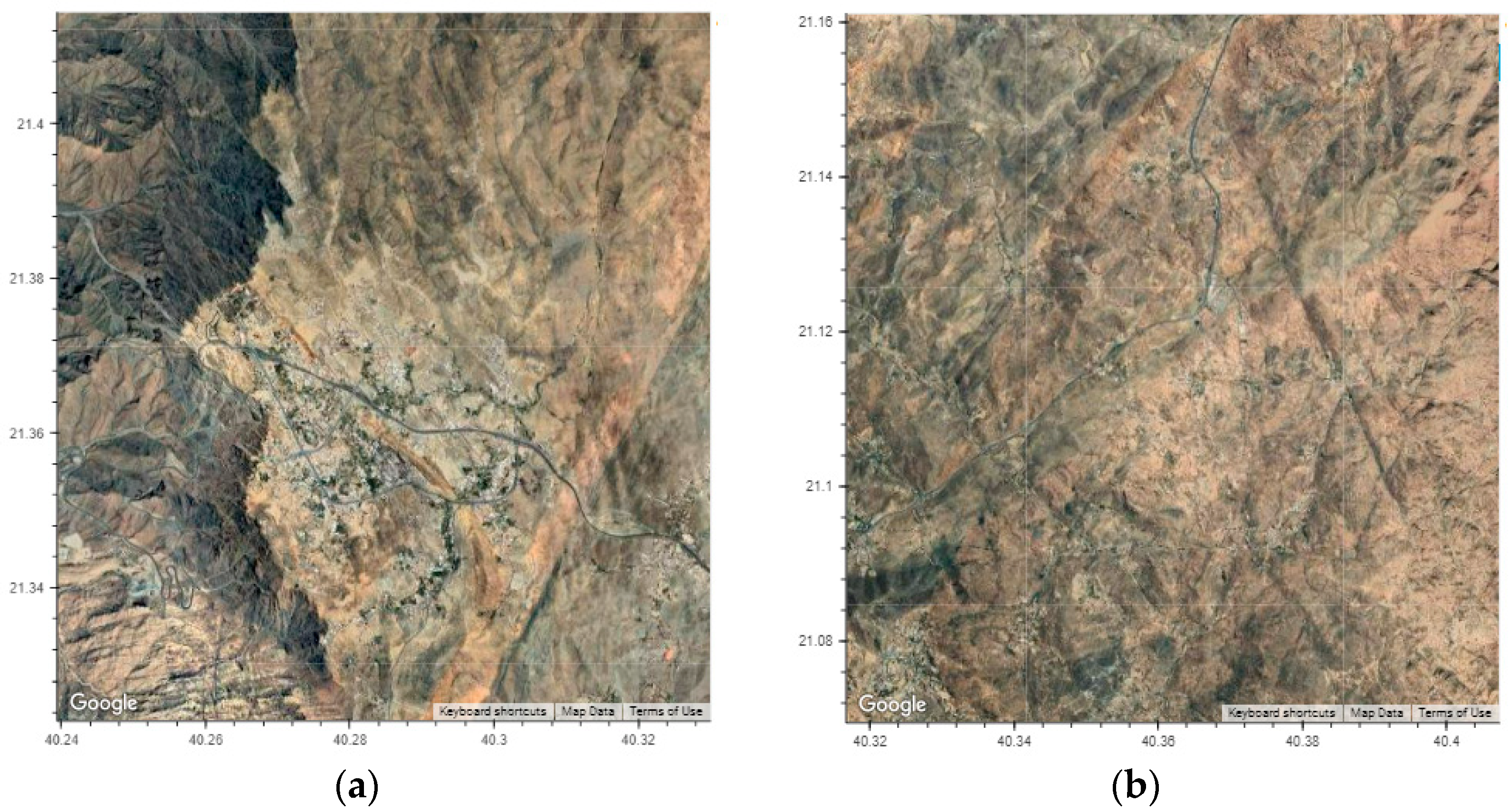
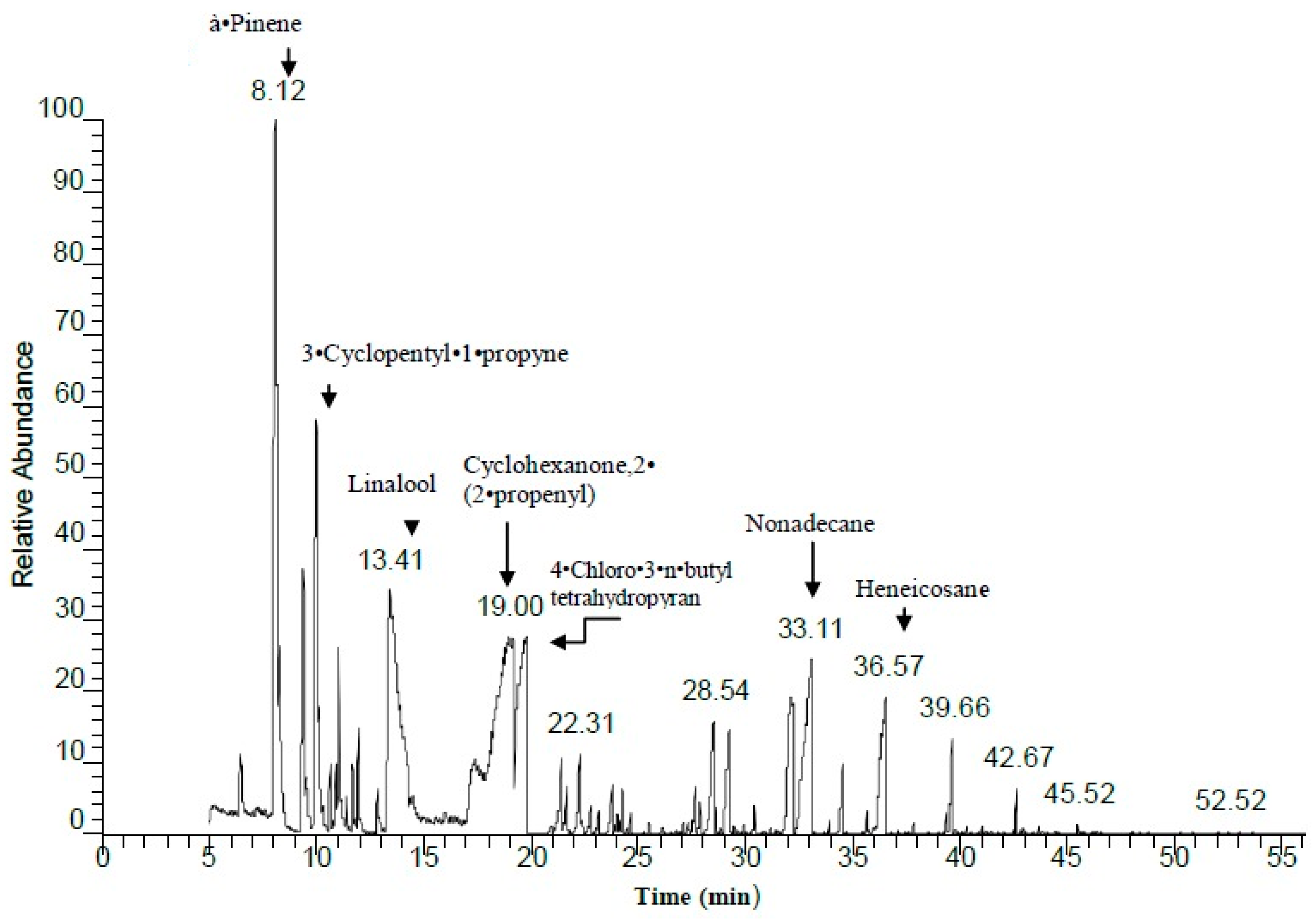
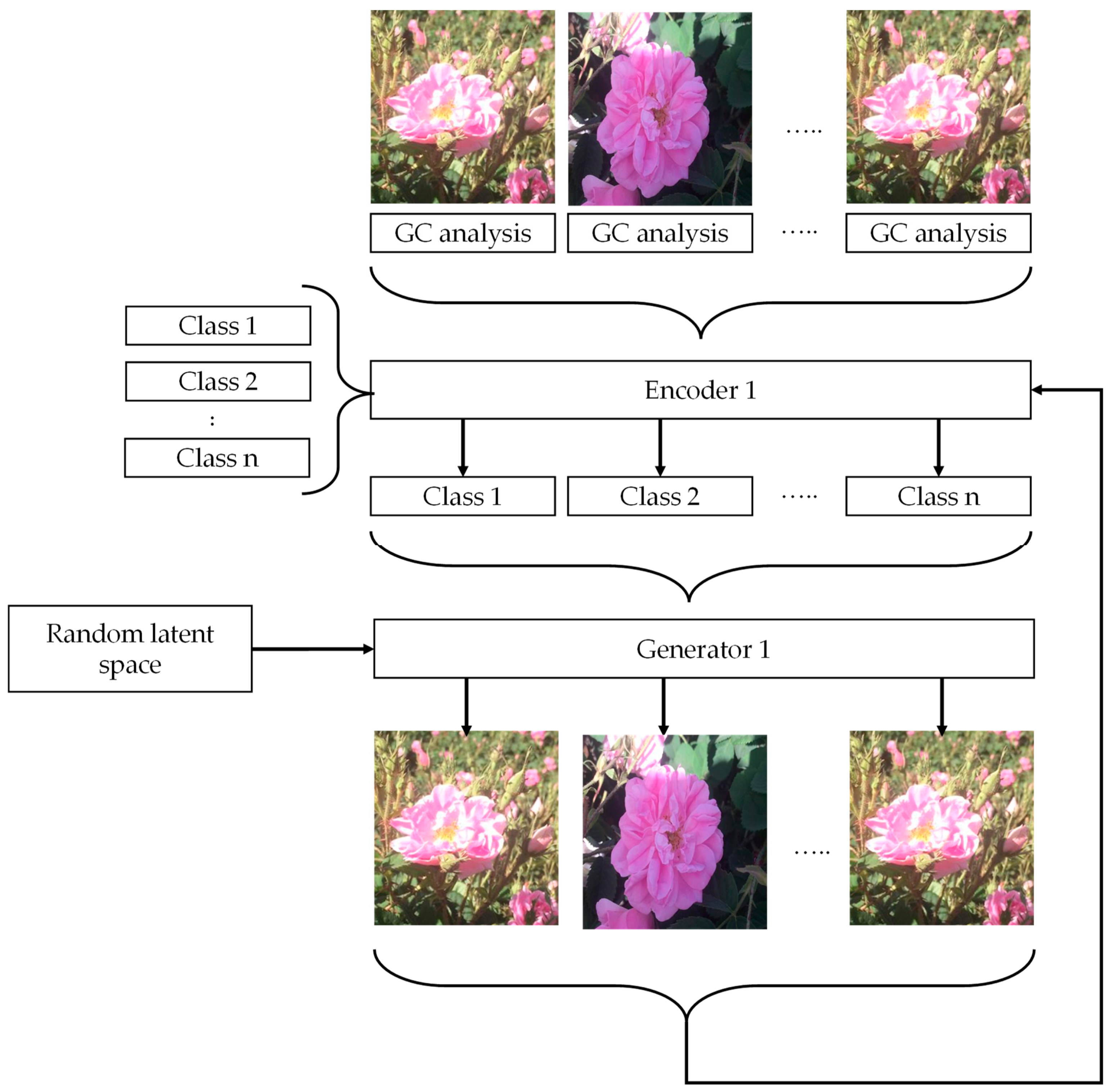
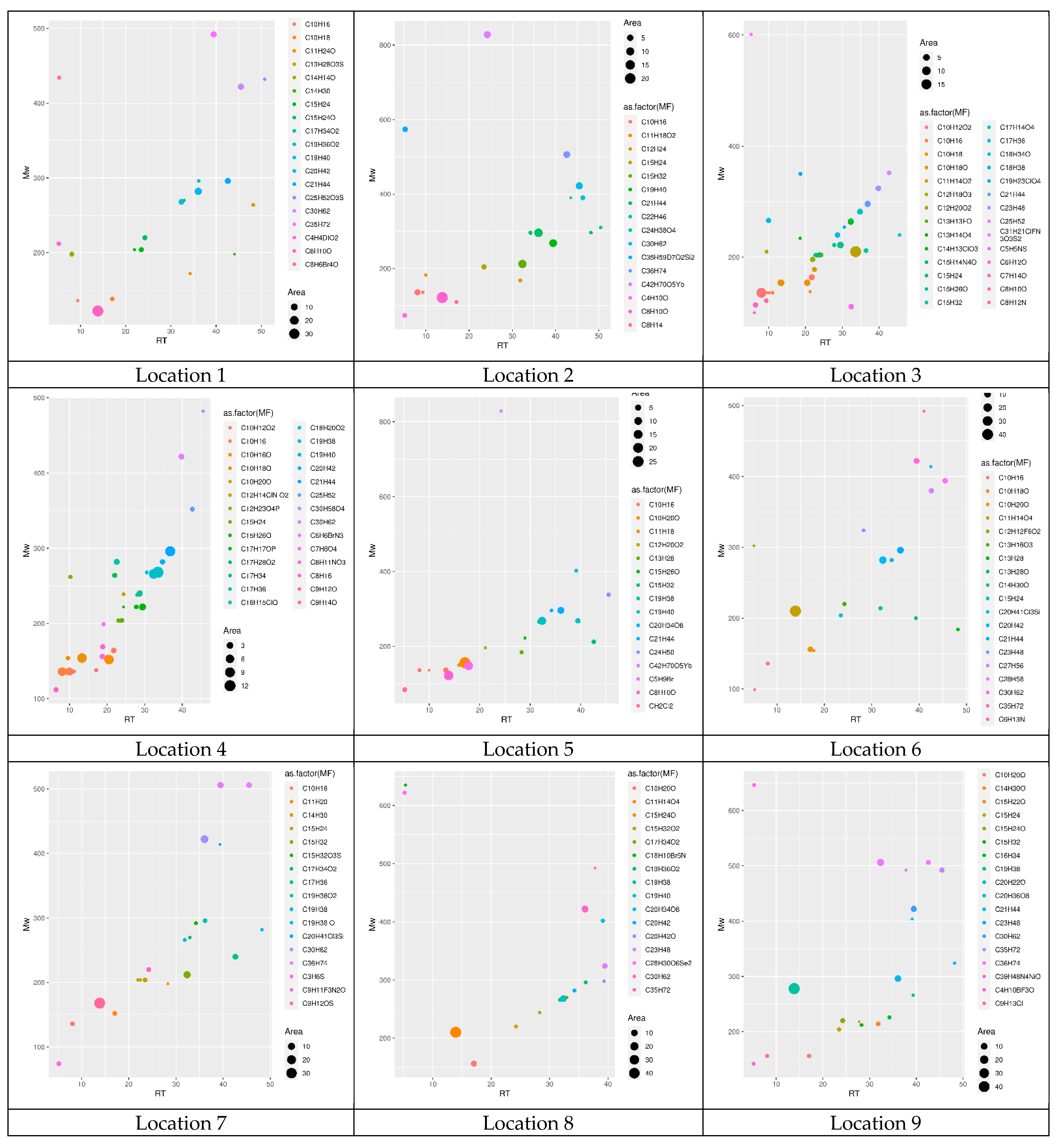

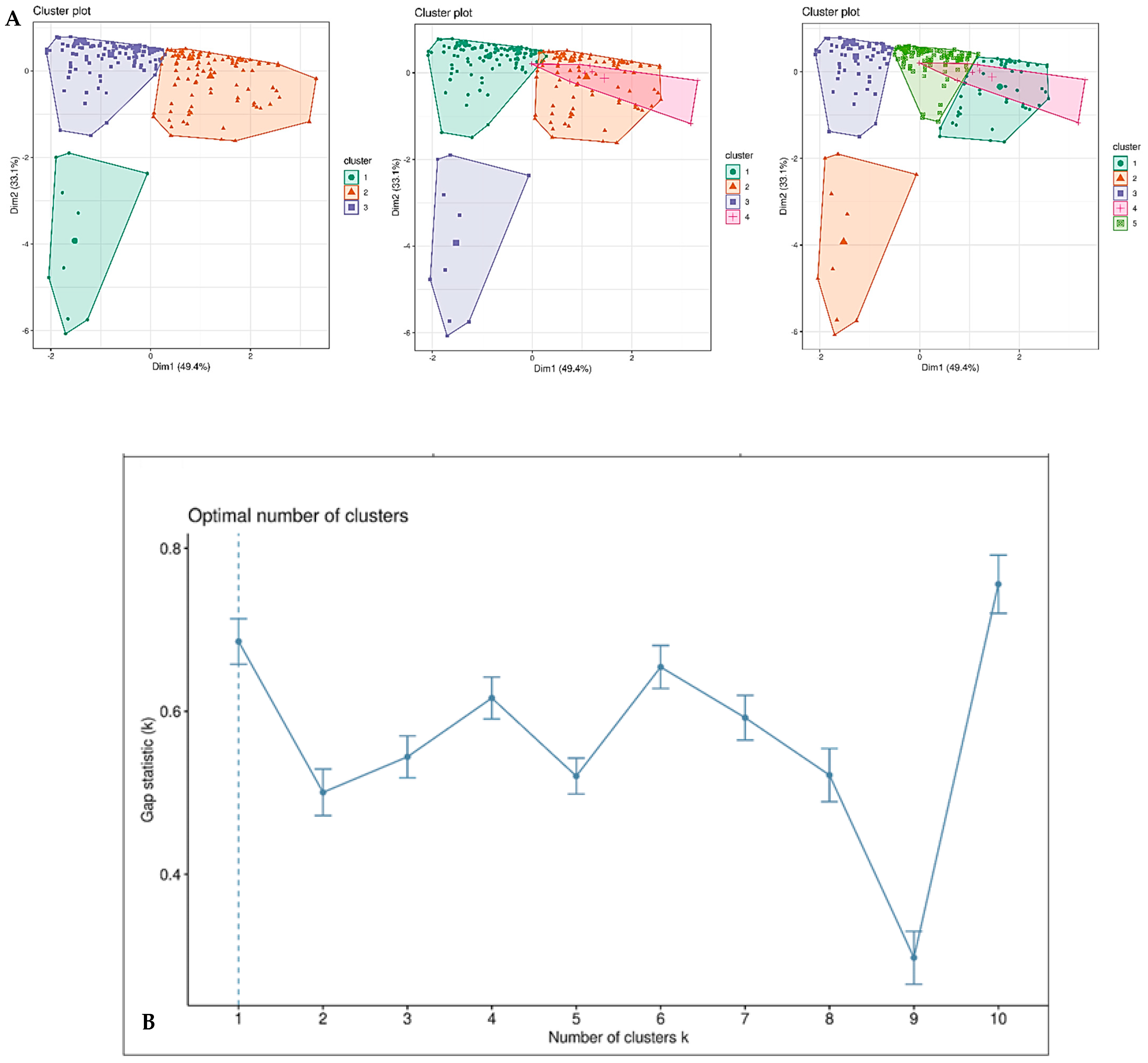
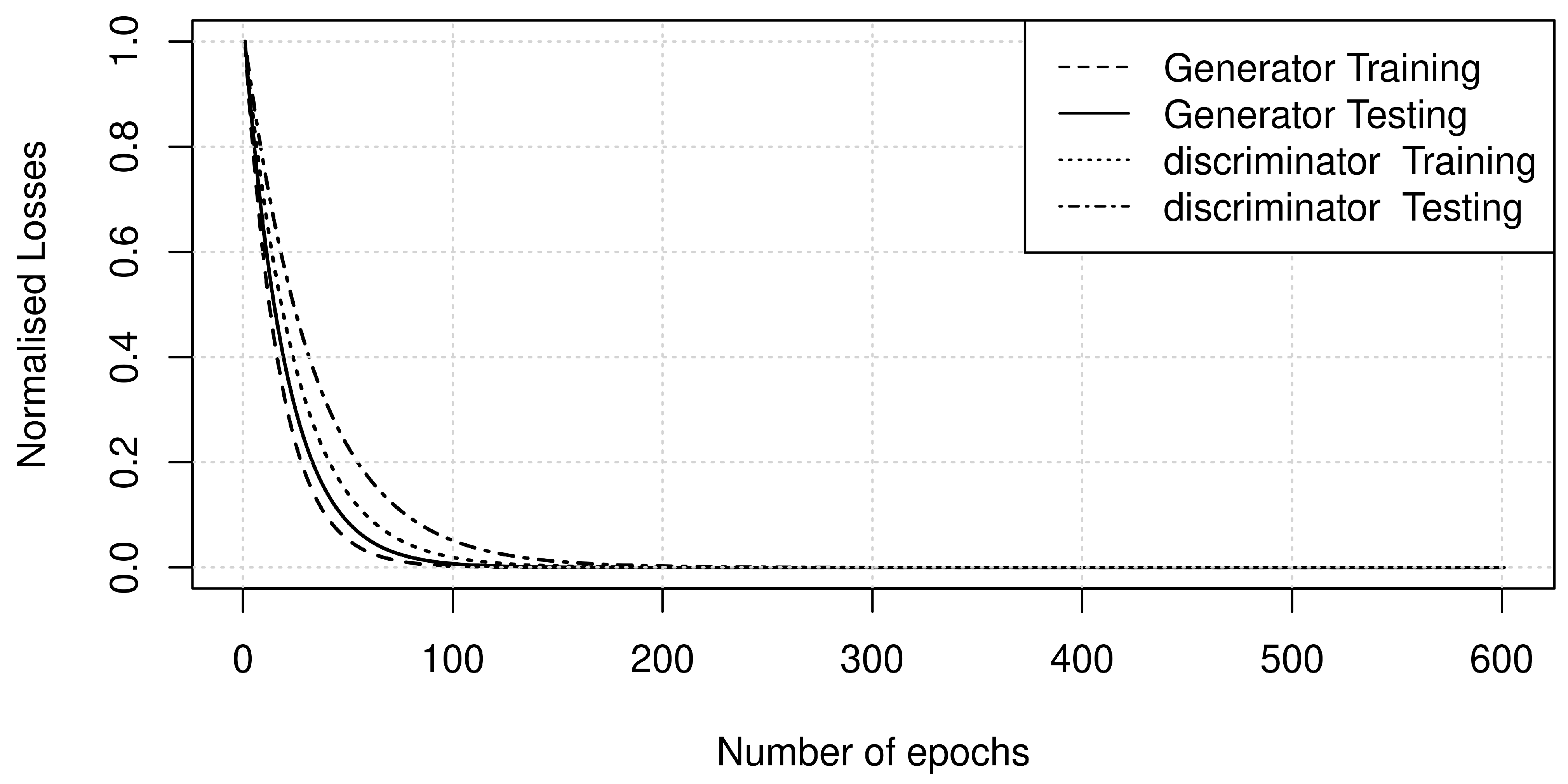
| Parameter Settings for Thermo Scientific, Trace GC Ultra/ISQ Single-Quadrupole MS | |
|---|---|
| Analysis time | 60 min. |
| Column type | TG-5MS fused-silica capillary column |
| Ionization energy | 70 eV |
| Carrier drift gas | Helium (He) |
| Carrier gas flow rate | 1 mL/min. |
| Initial MS temperature 40 °C/3 min | 40 °C |
| Increasing rate of temperature | 5 °C/min (hold 5 min) |
| The injector and MS final temperature | 280 °C |
| RT | Mw | MF | Area% | Compound Name |
|---|---|---|---|---|
| 5.16 | 232 | C14H16O 3 | 0.83 | Ethyl- 2-[(benzyloxy)methyl]cycloprop-2-ene-1-carboxylate |
| 6.46 | 210 | C15H30 | 1.05 | 2,4,6,8-Tetramethyl-1-undecene |
| 8.11 | 136 | C10H16 | 18.43 | á-Pinene |
| 8.29 | 136 | C9H12O | 1.06 | Spiro[cyclopropane-1,6′[3]-oxatricyclo [3.2.1.0(2,4)]octane] |
| 9.41 | 120 | C 9H12 | 4.09 | 1,8-Nonadiyne (CAS) |
| 9.56 | 136 | C10H16 | 0.48 | Sabinene |
| 10.02 | 108 | C8H12 | 8.42 | 3-Cyclopentyl-1-propyne -6 |
| 10.13 | 100 | C6H12O | 0.23 | Cyclopentanemethanol |
| 10.68 | 136 | C10H16 | 0.64 | çTerpinene |
| 10.95 | 134 | C10H14 | 0.55 | Benzene,1-ethyl-2,4-dimethyl (CAS) |
| 11.07 | 136 | C10H16 | 1.65 | á-Phellandrene |
| 11.40 | 136 | C10H16 | 0.26 | Bicyclo-[3.1.1]-hept-2-ene,3,6,6-trimethyl (CAS) |
| 11.71 | 136 | C10H16 | 0.61 | 1,3,6-Octatriene,3,7-dimethyl-,(E)-(CAS) |
| 12.00 | 136 | C10H16 | 0.90 | ç-Terpinene |
| 12.88 | 136 | C10H16 | 0.90 | ç-Terpinene |
| 13.41 | 154 | C10H18O | 9.88 | Linalool |
| 14.26 | 218 | C9H15BrO | 0.73 | 1á-Bromo-3Aà,4à,5,6,7,7Aà-Hexahydroindan-4-ol |
| 17.30 | 154 | C9H14O2 | 1.40 | MethylBicyclo [3.1.0]hexane-6-acetate |
Disclaimer/Publisher’s Note: The statements, opinions and data contained in all publications are solely those of the individual author(s) and contributor(s) and not of MDPI and/or the editor(s). MDPI and/or the editor(s) disclaim responsibility for any injury to people or property resulting from any ideas, methods, instructions or products referred to in the content. |
© 2023 by the authors. Licensee MDPI, Basel, Switzerland. This article is an open access article distributed under the terms and conditions of the Creative Commons Attribution (CC BY) license (https://creativecommons.org/licenses/by/4.0/).
Share and Cite
Abdelmigid, H.M.; Baz, M.; AlZain, M.A.; Al-Amri, J.F.; Zaini, H.G.; Morsi, M.M.; Abualnaja, M.; Alhuthal, N.A. A Novel Generative Adversarial Network Model Based on GC-MS Analysis for the Classification of Taif Rose. Appl. Sci. 2023, 13, 3052. https://doi.org/10.3390/app13053052
Abdelmigid HM, Baz M, AlZain MA, Al-Amri JF, Zaini HG, Morsi MM, Abualnaja M, Alhuthal NA. A Novel Generative Adversarial Network Model Based on GC-MS Analysis for the Classification of Taif Rose. Applied Sciences. 2023; 13(5):3052. https://doi.org/10.3390/app13053052
Chicago/Turabian StyleAbdelmigid, Hala M., Mohammed Baz, Mohammed A. AlZain, Jehad F. Al-Amri, Hatim G. Zaini, Maissa M. Morsi, Matokah Abualnaja, and Nawal Abdallah Alhuthal. 2023. "A Novel Generative Adversarial Network Model Based on GC-MS Analysis for the Classification of Taif Rose" Applied Sciences 13, no. 5: 3052. https://doi.org/10.3390/app13053052







